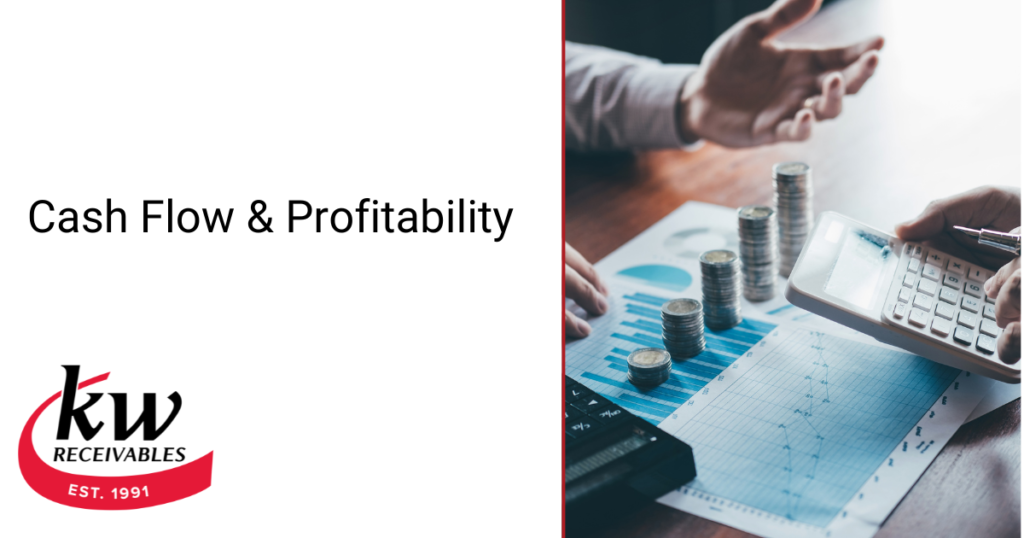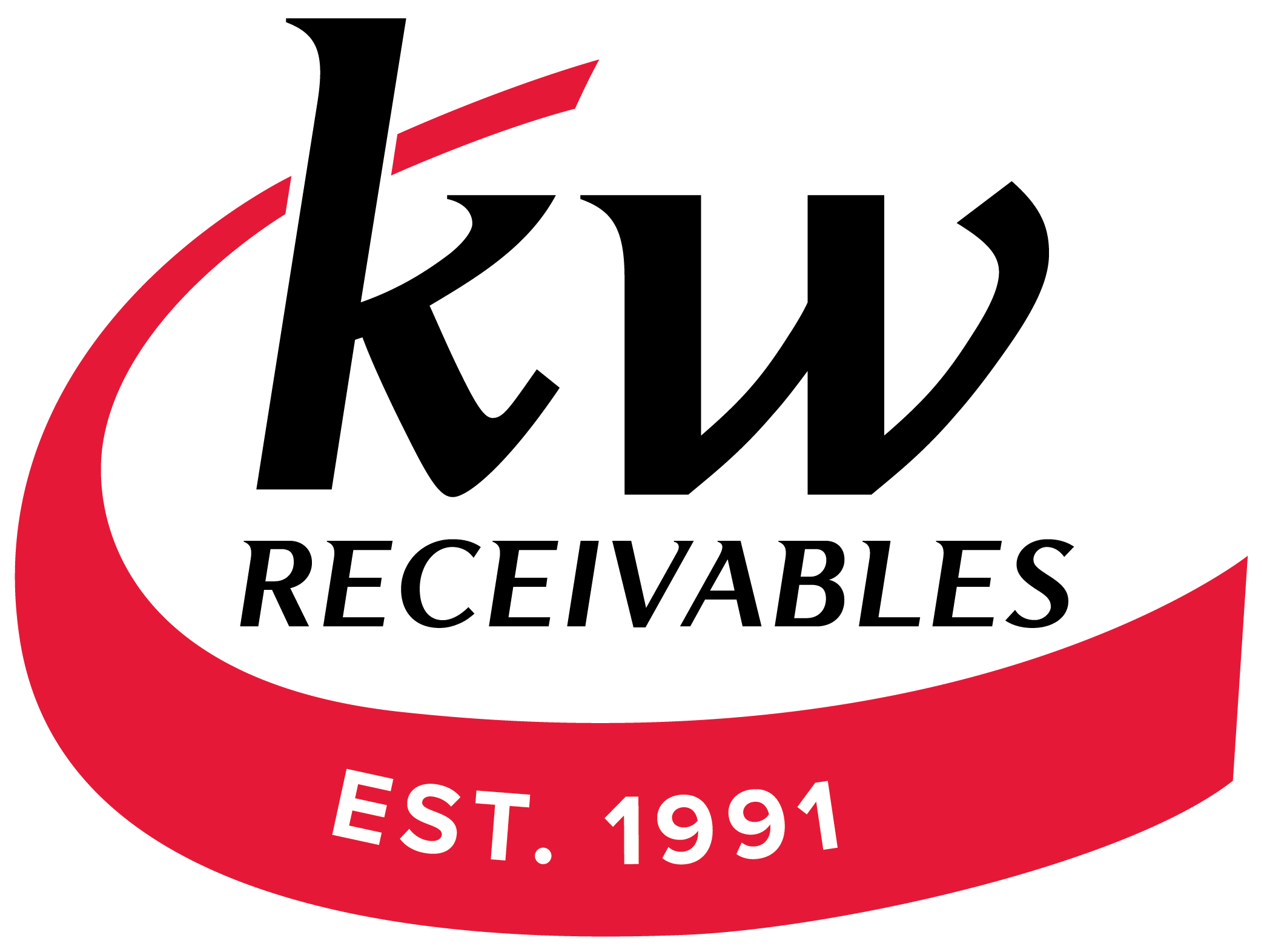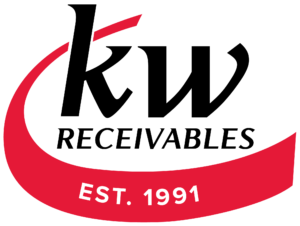
Two key figures that play a role in the financial stability of companies are cash flow and profitability. The two are very different from each other and shouldn’t be used interchangeably. As a company, each individual factor will play a substantial role in the long-term outcome for your business, and both should be priorities.
What Is Cash Flow?
The term cash flow describes the movement of cash into and out of the business. For example, a cash outflow may include payment of debts or vendor invoices in which the amount is deducted from the net cash flow for the company. Cash inflows are cash received within the business, such as payments from customers. If there isn’t enough cash inflow to meet the demands of outflow, that creates a difficult financial situation.
Examples of types of cash flow include:
- Operating cash flow – the net cash that your business makes during normal operations. Positive cash flow is critical for businesses to grow.
- Investing cash flow – this term refers to the amount of net cash that comes from the investment-related activities of a company, such as securities.
- Financing cash flow – This term refers to how cash moves between a company, investors, and creditors. This could include debt, equity, and dividend payments.
What Is Profitability?
The term profitability is very different in that it factors in the income and expenses of the company. Any expenses for the business are subtracted from the income for the business. Whatever is left over is the profit of the company. If there are more debts than income, that leads to a loss rather than a profit.
Comparing the Two
Cash flow does not indicate profitability. For example, your business may be having trouble keeping cash flow balanced because you have a lot of invoices not paid by your customers just yet. That means that, though the income is coming (in the future), it is not available right now to meet your debt needs. Your business could still be profitable here, even if it has poor cash flow.
If your business is profitable, but you are struggling with cash flow or the ability to meet financial obligations in the short term, that could mean that you need to free up some of the funds tied up in accounts receivable. This could help to ensure your business has more money on hand to manage your expenses over time.

